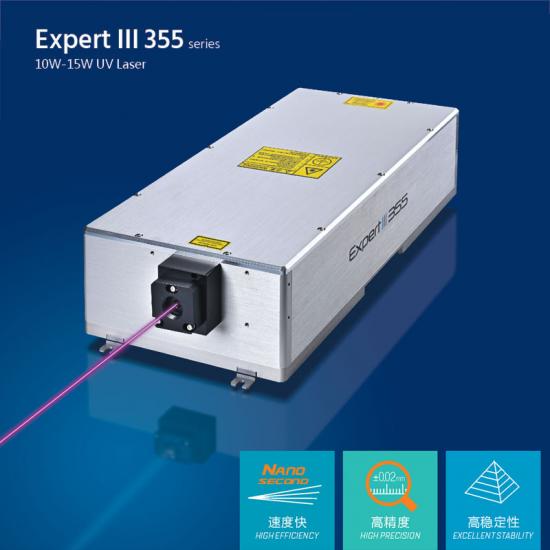This RFH laser is used for laser doping of crystalline silicon solar cells
Jul 26 , 2022This RFH laser is used for laser doping of crystalline silicon solar cells
Solar energy is an inexhaustible renewable energy source and also a clean energy source. Especially in the context of "strive to achieve carbon peak by 2030 and carbon neutrality by 2060", the development of environmental protection and sustainable Solar energy is one of the efficient energy alternatives.
High-efficiency solar cells require high-quality silicon wafers
Because silicon has abundant reserves, non-toxicity, long-term stability, mature production infrastructure, and it is also a high-quality semiconductor material, crystalline silicon solar cells have been widely used for a long time, and the market share is very high. Or will usher in a larger area of application.
Solar cells use photoelectric materials to absorb light energy and convert it into electrical energy through electronic conversion effect, and then generate electric current that is transported through wires for daily production and life. In the actual utilization of solar energy, the power generation efficiency of solar cells mainly depends on the conversion efficiency of materials. How to improve the conversion efficiency of solar cells by technical means is a process of constantly seeking solutions in battery production.
Since the existing solar cells with high conversion efficiency are mainly fabricated on high-quality silicon wafers, the preparation of high-efficiency silicon wafers has become one of the key directions of research.

uv laser | green laser | Ultraviolet lasers | uv dpss laser | nanosecond laser | UV laser source | Solid State Lasers
Laser doping method can effectively improve the conversion efficiency
The unique advantages of selective emitter technology make it an important means to improve the conversion efficiency of crystalline silicon solar cells. Among the process methods for preparing selective emitter structures, the laser doping method has the advantages of strong controllability, simple process, and small laser-induced damage to materials, so it is an important choice for the preparation method of selective emitters.
The principle of the laser doping method is to apply a laser pulse with an energy close to the melting threshold of the substrate to bombard the impurity atoms, and use the high energy density of the laser to dope the impurity atoms into the electroactive region of the silicon.
During the laser doping process, the laser pulse is heavily doped in the contact part between the battery electrode area and the silicon wafer, and lightly doped in the emitter area, or doped at a low concentration. This technology can not only reduce the minority carrier recombination efficiency of the diffusion layer, but also Improving the short-wave response and open-circuit voltage of the battery can also reduce the series resistance of the battery, improve the short-circuit current and fill factor of the battery, and thus improve the conversion efficiency.
The laser doping method can use the industrial-grade nanosecond solid-state laser developed and designed by RFH, which outputs a pulsed laser with a wavelength of 355nm, the pulse width is less than 25ns, and the instantaneous energy density is very high. Purchase and debug relevant process parameters to obtain the ideal doping depth and doping concentration.
In fact, the application of lasers developed and designed by RFH in crystalline silicon solar cells has expanded to many aspects of cell manufacturing, becoming a new technology and new application to replace traditional processes. For example, RFH industrial-grade nanosecond lasers can also be used for dicing and cutting of crystalline silicon solar cells, laser grooving, surface micro-processing, etc., and industrial-grade picosecond lasers can be used for thin film etching of thin film solar cells.
Solar power generation will become an indispensable and important part in my country's green and low-carbon development process. Improving the photoelectric conversion efficiency of solar cells is an important way to improve the competitiveness of the industry. The industrial-grade nanosecond solid-state laser developed and designed by RFH is expected to be among them. Play an important role and bring greater economic and social benefits to photovoltaic enterprises.